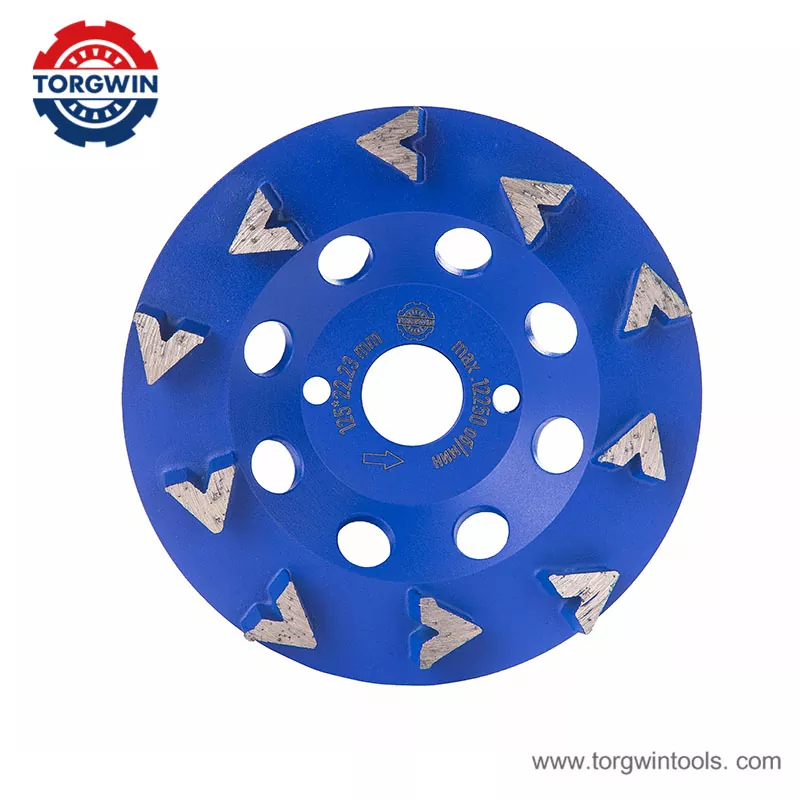The making process of X-mesh Diamond Saw Blades
2025-05-16
The making process of X-mesh Diamond Saw Blades involves several critical steps that combine materials science, precision engineering, and advanced manufacturing. X-mesh blades are a specific type of diamond saw blade that use a mesh or patterned segment structure for improved cutting performance, heat dissipation, and debris removal. Here's an overview of the manufacturing process:
1. Raw Material Selection
Diamond Grits: High-quality synthetic industrial diamonds are selected based on the application (concrete, granite, ceramic, etc.).
Metal Powder Matrix: A mixture of metals like cobalt, iron, nickel, and bronze is used to bond the diamond grits.
2. Segment Formation (Sintering or Laser Welding)
Cold Pressing (for Sintered Segments):
Diamond grits and metal powder are blended and placed into molds shaped like the blade segments.
The mold is pressed at high pressure to form a green (unsintered) segment.
Sintering:
These segments are then sintered at high temperatures in a vacuum or controlled atmosphere to fuse the metal powder and diamond.
Laser Welding (alternative to sintering):
For high-strength blades, the segments can be laser welded directly to the blade core.
3. Core Manufacturing
The core (usually made of high-strength alloy steel) is cut and formed into a flat circular disc.
Cooling Holes or Slots are added to allow better heat dissipation and reduce vibration.
4. Segment Attachment
Brazing or Laser Welding:
The sintered X-mesh segments are precisely attached to the core using either;
Brazing: A high-temperature soldering process.
Laser Welding: A high-energy laser beam creates a strong bond between segment and core.
5. X-Mesh Pattern Design
The X-mesh structure is either formed during the sintering stage using special molds, or post-processed using laser cutting.
The mesh allows for:
Faster debris removal.
Reduced blade friction.
Improved cooling and longer life.
6. Balancing and Finishing
The blade is checked for balance and straightness.
It may undergo:
Grinding to adjust the segment height or finish the edge.
Coating for rust protection or performance enhancement.

7. Quality Control and Testing
Blades are tested for:
Segment bonding strength.
Cutting speed and efficiency.
Durability under stress and high temperature.
Some undergo trial cutting on standard materials.
8. Packaging and Shipping
Finished blades are labeled with specifications (diameter, arbor size, material suitability) and packed securely for delivery.
If you are interested in our products or have any questions, please feel free to contact us and we will reply you within 24 hours.


